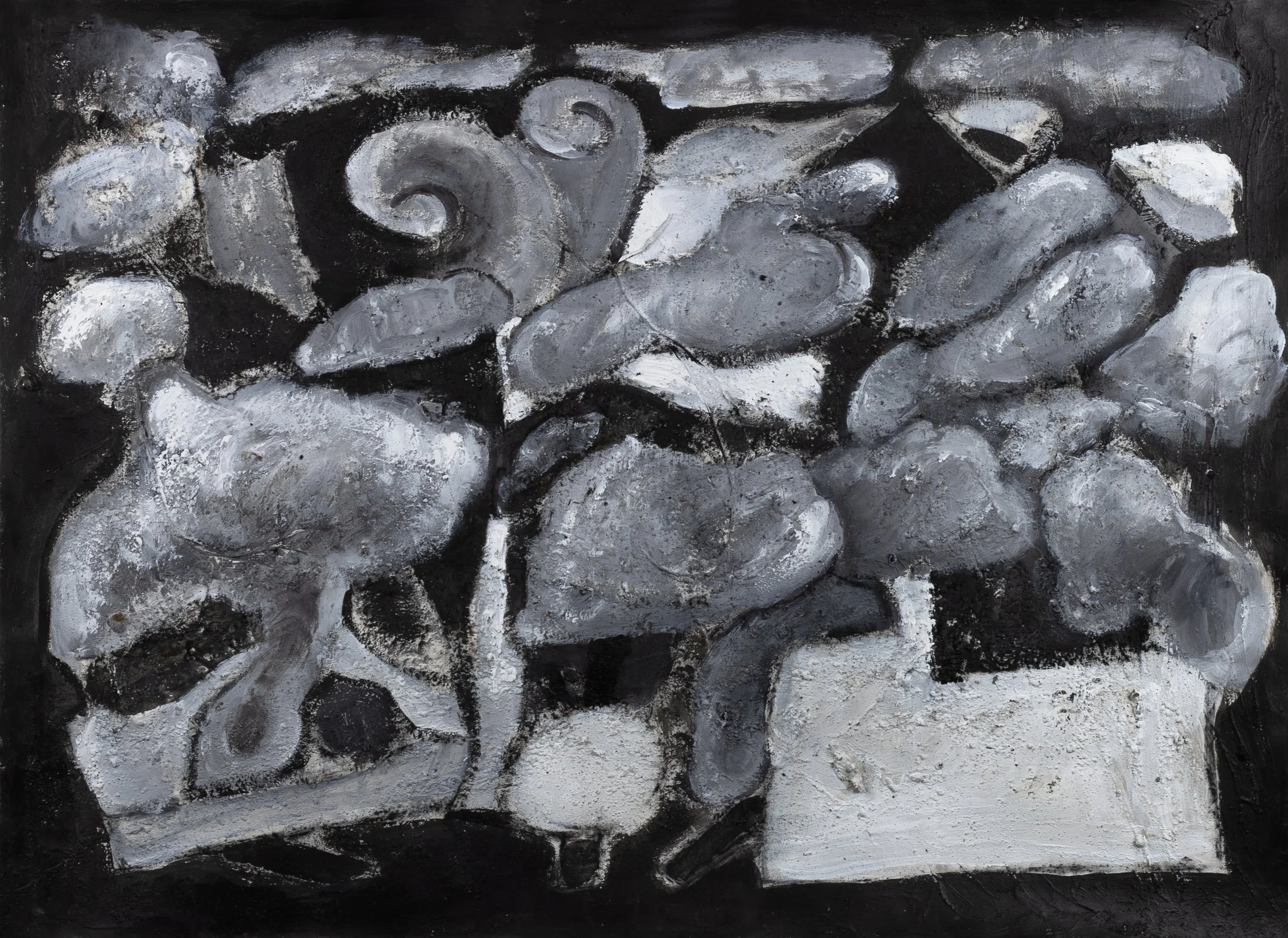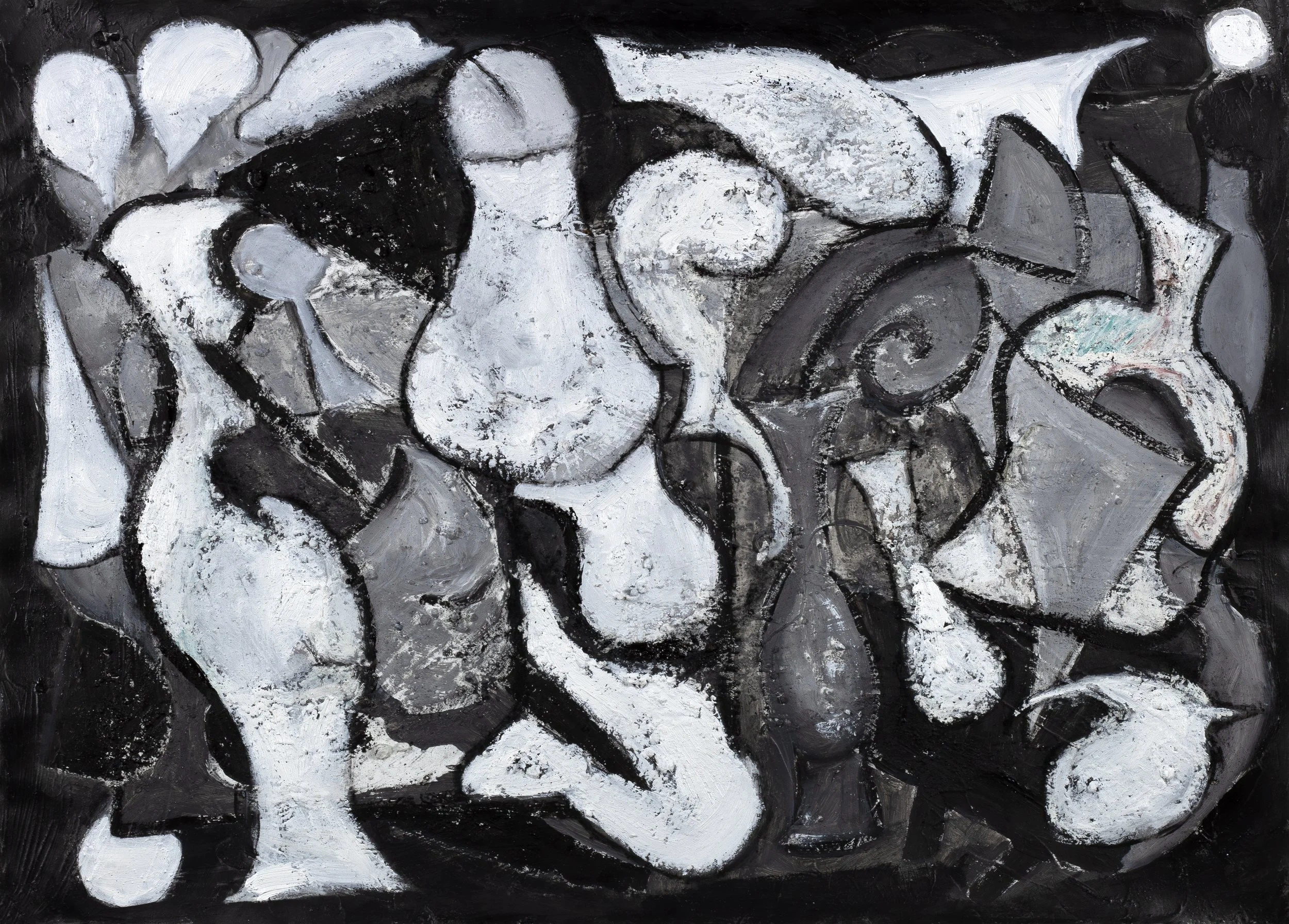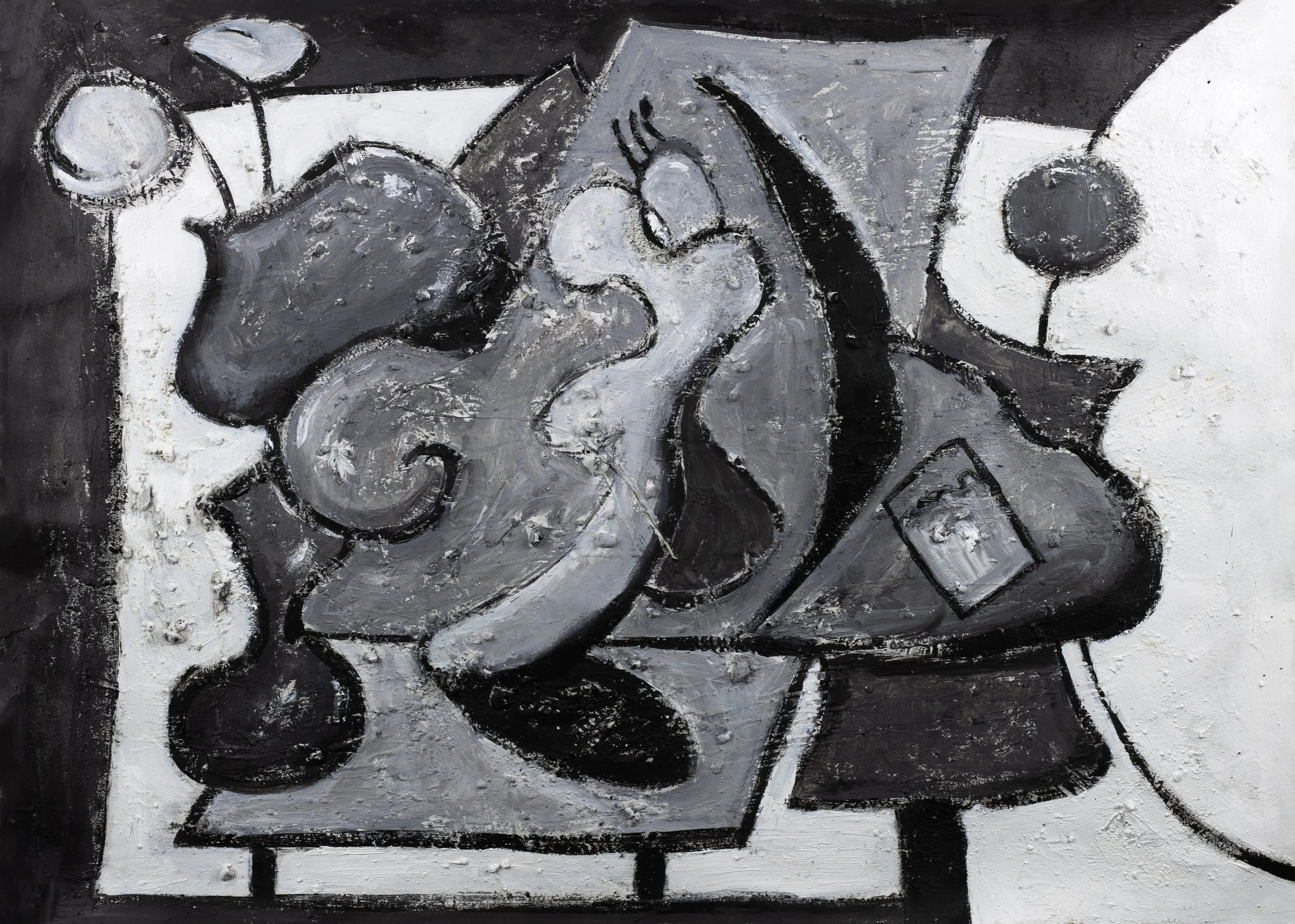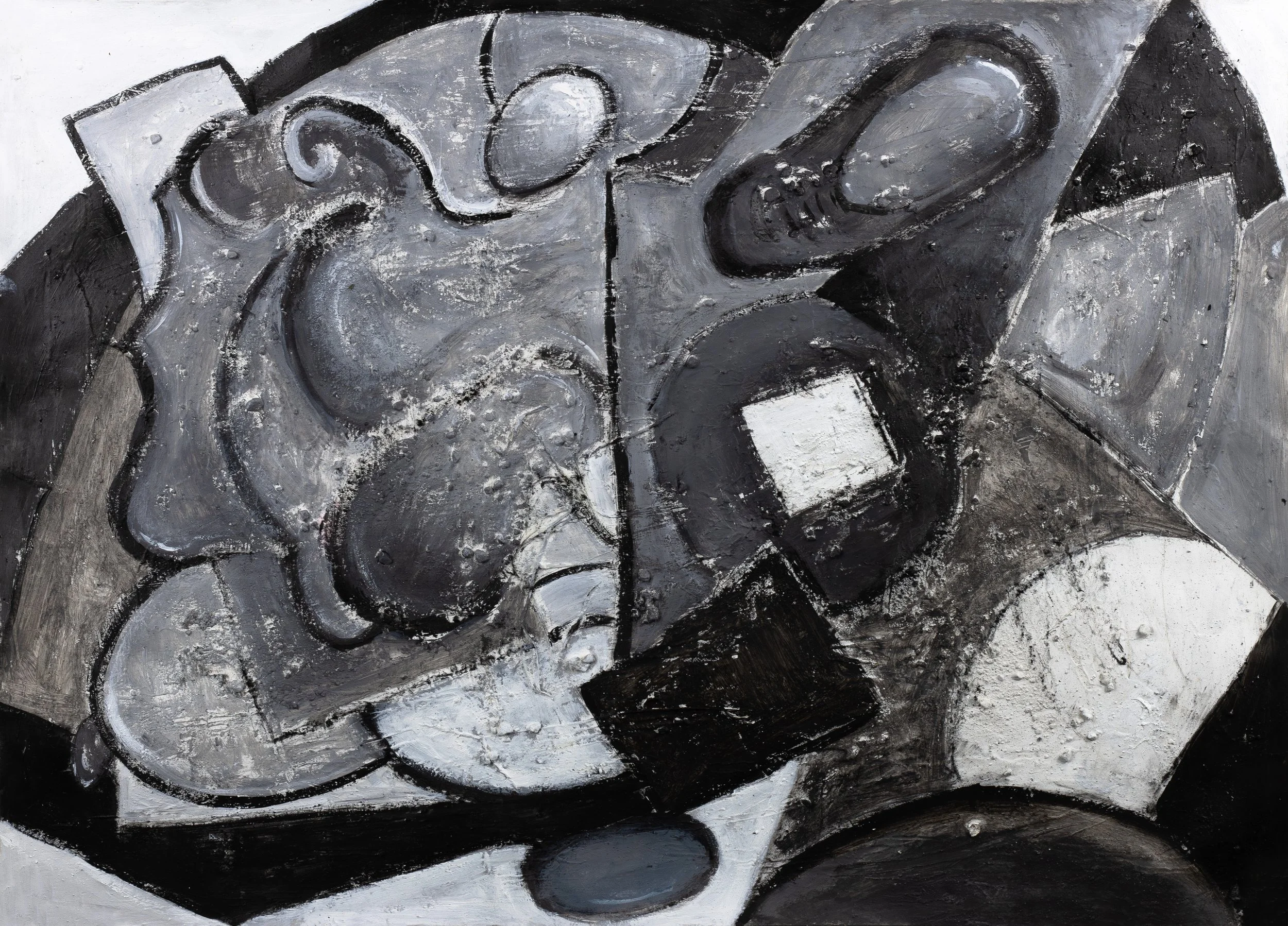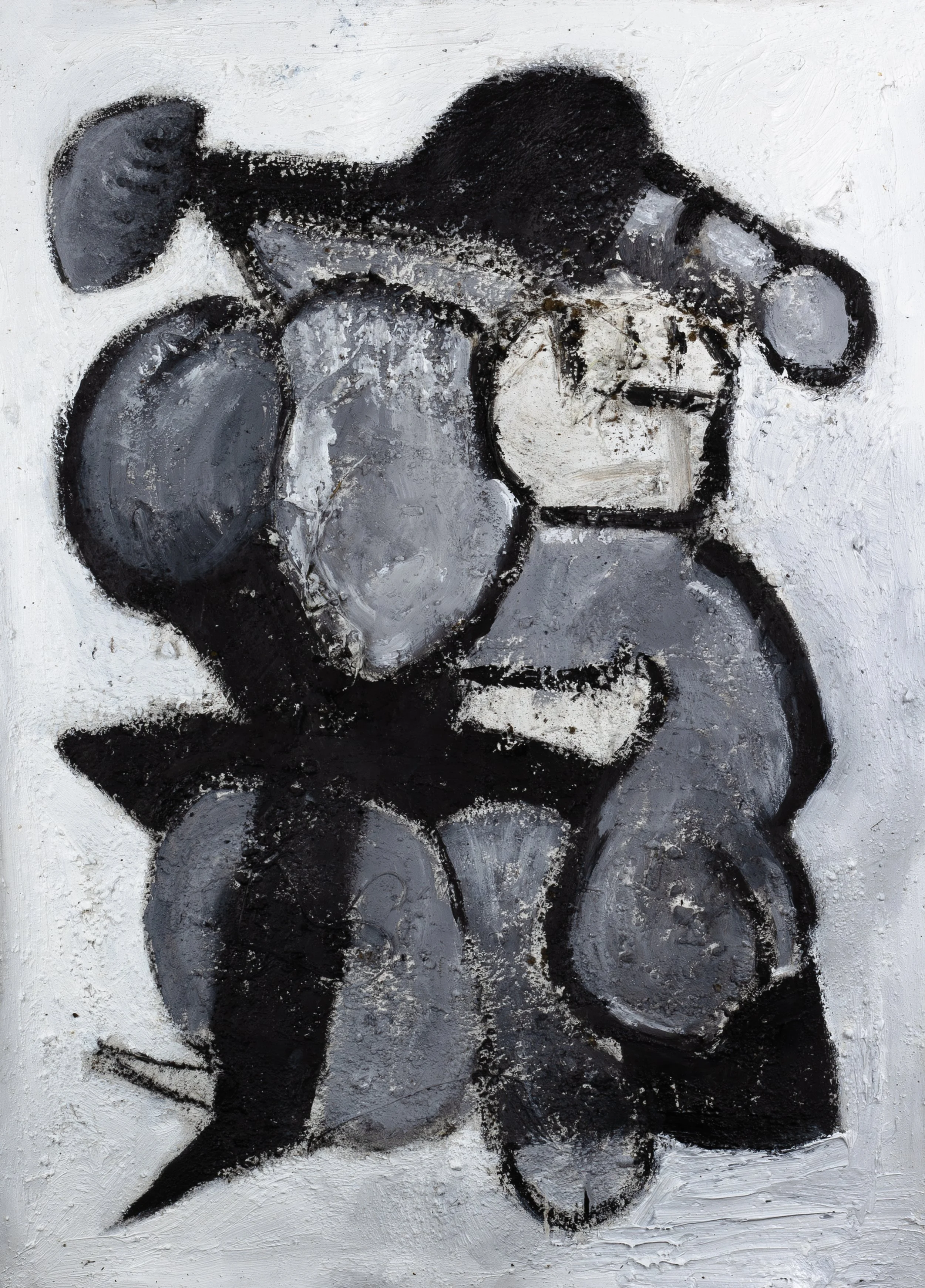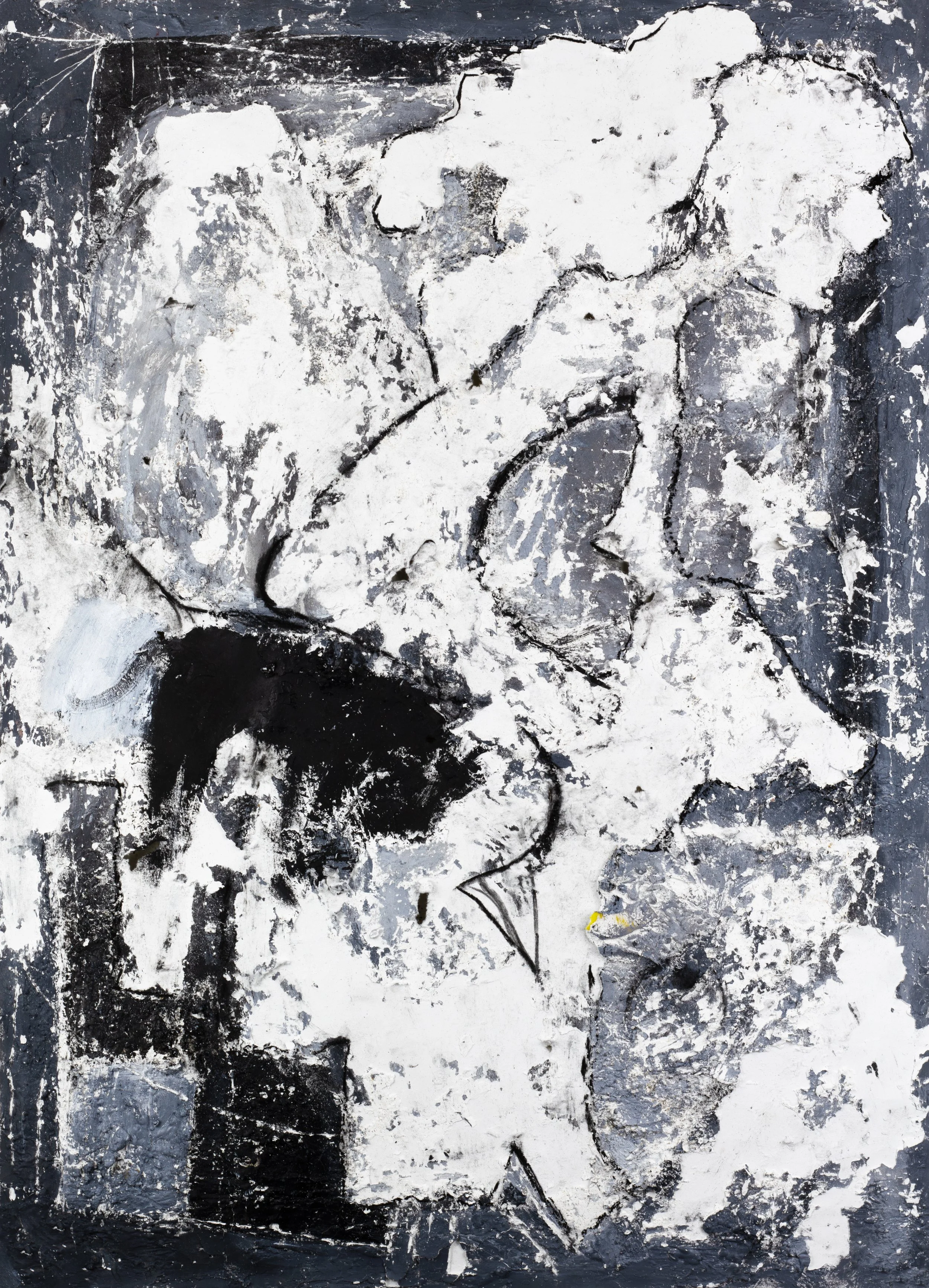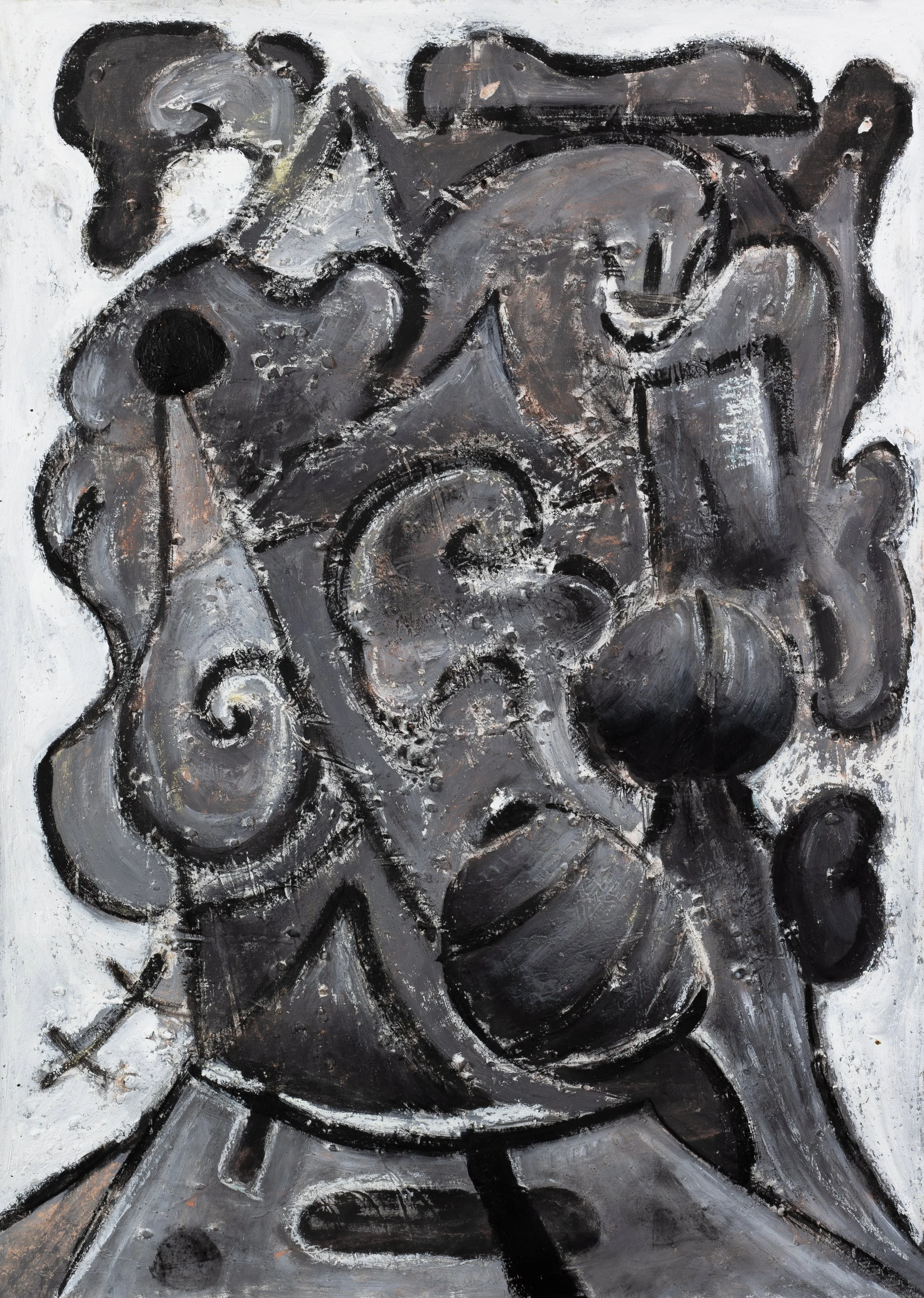sULLIVAN’S mONSTERS
an art collection of 10 abstract paintings.
🧠
THE CONCEPT
🧠 THE CONCEPT
THE CONCEPT.
The act of creation, in all its forms, is an unfathomable mystery to many.
This becomes even more incomprehensible when dealing with the subject of Abstract Art. Discipline in the practice of art alone is not enough to grasp the motives and/or the mechanisms behind every single choice made to begin, develop, and complete a work of art.
For me, this is a foundational and essential topic, not only for my professional growth but especially for my spiritual interests.
This interest of mine has sparked the need to paint something aligned with my philosophy and to write something that reflects it.
The inevitable consequence led to the creation of a body of work that I have decided to call Sullivan's Monsters and a written piece titled
The Non-existence of Randomness and Considerations on Abstract Art.
🎨
THE ART
🎨 THE ART
THE ART.
All the works are 1/1 and created with plaster, sand, soil, stones, charcoal, acrylic, and oil on paper. Collectors will receive the original artwork at no additional cost.
You just need to click on one of the pieces to view it in its collection and check whether it has already been collected or not.
🎙️
THE INTERVIEW
🎙️ THE INTERVIEW
THE INTERVIEW.
Karisma on "Sullivan's Monsters":
The Interview by Carlo Borloni.
✍🏻
THE EDITORIAL
✍🏻 THE EDITORIAL
THE editorial by carlo borloni.
“Karisma and the Transcendence of Abstract Art in a Historical Dialogue”
📖
ABOUT THE ESSAY
📖 ABOUT THE ESSAY
THE ESSAY.
I contradicted myself in the past when I asserted that abstract art is abstract in its representation but not in its nature.
In reality, abstract art is not abstract in its representation. It is perceived as such only by those who do not know how to look at it; thus, it is potentially abstract in its perceptibility.
A mosaic must be viewed from a proper distance; otherwise, what you see is merely a fragment of a complete work.
For primitive art, action art, expressive art—art that stirs the body as a direct consequence of its power—it is necessary to take a proper distance to observe it in all its Unity.
However, this is not a physical distance from the work, as one would do to better enjoy an Impressionist painting, but a perceptual distance from preconceived notions, from non-figurative material representation, from what we might mistakenly consider ‘random.’
So, I ask myself: is it truly possible to consider the entire creative process that leads to the realization of what we call an abstract work of art as random?
To extreme the thought of those who support this view, it would be like saying that a breath of wind on a beach could erect a sandcastle, perfectly structured and adorned with such precise details and ornaments that it makes us believe we are facing a castle from a specific era, rather than another.
We know well that it is not so.
Even a simple sandcastle, built by a child with a shovel and bucket, requires an Intelligent Design. First of all, the material is necessary: the sand itself, then the shovel and the bucket (and we are assuming that there was already a design that created the sand, the shovel, and the bucket).
This, along with other themes relevant to the creative process, is addressed in the essay that is now free to mint, read, download & share.
The Non-existence of Randomness and Considerations on Abstract Art.
